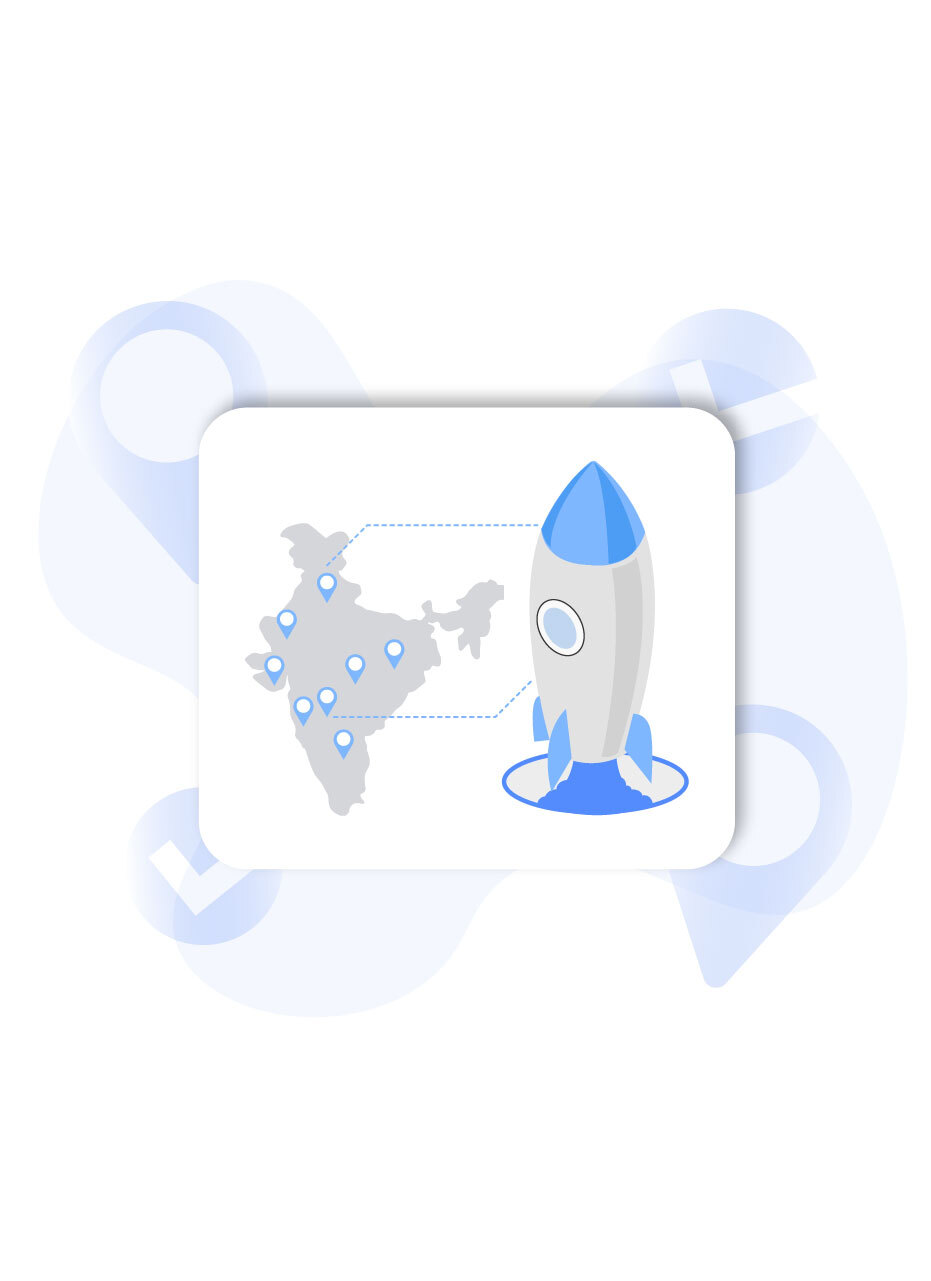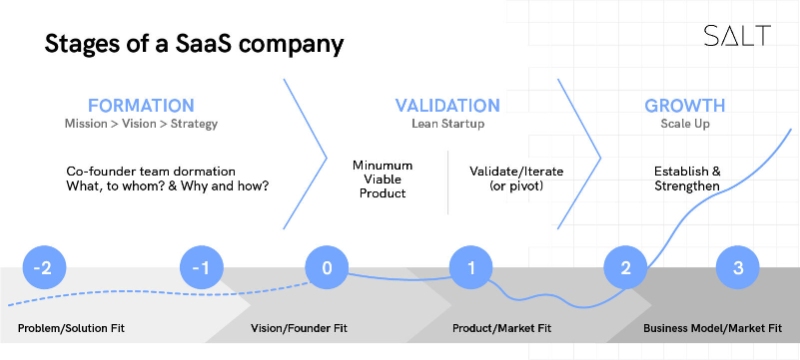
The convergence of pandemic-induced large-scale digital adoption and the rise of ambitious, dynamic Indian entrepreneurs ensures that the Indian SaaS industry will grow rapidly.
According to projections in the first edition of Bessemer Venture Partners' India report titled 'Rise of the Cloud in India,' -
The country is expected to benefit greatly from the global shift of industries toward increased digitisation and cloud-based technologies, with the country's SaaS industry expected to reach $50 billion by the end of 2030.
As of October 2022, India has grown from two SaaS unicorns to around 20. India alone added four new names to this list in the first four months of 2022. Within a year, the number of new unicorns in the Indian IT industry increased by 267% (2020-21). Let’s take a look at the top 5 factors that allowed Indian SaaS startups to thrive in 2022.
What Is a SaaS Startup?
But first, let’s learn what a SaaS startup is.
Software as a service (or SaaS) can be defined as a method of delivering applications as a service over the internet. You simply access software instead of installing and maintaining it through the internet. With this, you can free yourself from the complexities of software and hardware management.
A SaaS provider maintains servers, databases, and software that enable the application to be accessed via the internet — most likely via web browsers.

Users can use almost any device to access the software. The SaaS market in India has already reached a critical turning point, with $4.8 billion in venture capital invested there in 2021. This was nearly three times more than in 2020 and a stunning six times more than in 2018. Increased investment in SaaS firms, similar to that in venture-backed companies in the United States, has fueled the emergence of new unicorns in the country.
How did Indian SaaS Startups Thrive in 2022?
High Growth Outcome
The predictable revenue stream, high growth outcomes, and recurring nature of business are what makes SaaS appealing. Indian SaaS businesses are even thought to have an efficiency advantage over their international competitors, as Indian businesses continue to attract interest from both international and domestic public market investors. Reportedly, Indian SaaS companies have a sales efficiency of 80-100% or higher, even when their annual revenue exceeds $100 million.
Rise of e-commerce
Over the last decade, e-commerce has grown exponentially, with nearly $100 billion in GMV transacted across various B2C, B2B, and B2B2C internet marketplaces such as Flipkart, Swiggy, Zomato, BigBasket, Pharmeasy, and others. The next decade will see the mainstreaming of e-commerce in India. Over the next decade, e-commerce will become increasingly popular in India. New technological solutions will emerge in the segment to provide every pin code in the city matching the level of efficiency and customer pleasure that the multi-billion dollar marketplaces have trained customers to expect.
Innovation by Global Leaders
With an increased demand for SaaS products, the number of players competing in the same market has increased. There is also a consolidation trend that may continue, with most companies either being acquired or failing to survive due to their inability to differentiate themselves. India will produce global market leaders in a variety of software categories. Zoho, Freshworks, Gainsight, iCertis, BrowserStack, Postman, Hasura, Amagi, Zenoti, and other category-leading SaaS companies have already emerged from the region.
FinTech for All
The rise of FinTech solutions is trendy. Today, any company can become a FinTech company by offering banking as a service. The high cost of distribution has been one of the most significant barriers to large-scale financial services adoption. As the internet rises, more and more distribution platforms that can reach every pin code in India are emerging. It can be expected that these platforms will eventually offer financial services to their customers, such as credit and payments, which will be enabled by new cloud-based embedded finance products. For instance, SALT allows everyone to easily accept cross-border payments at a low transaction cost and with no hidden charges.
Productisation of Services
Furthermore, India, a country known for its active and widespread service sector, particularly B2B services, is expected to see extensive productisation of its service industries. According to the study, leaders in these industries will use cloud software to streamline payments, increase transparency, standardise service delivery, and manage fragmented supply. Companies such as ExMyB for IT services, SquadStack for sales, and PepperContent for marketing are some current examples.
Conclusion
Indian SaaS firms must continue to focus on the factors that gave rise to this opportunity in the first place. However, India still must go a long way before becoming a global leader in SaaS. However, according to all of the aforementioned reports, Indian SaaS companies are driving value creation by maintaining a strong annual recurring revenue-to-funding ratio in line with their global SaaS peers. They are also focusing on creating a strong talent pool with SaaS-relevant skill sets. Notably, SALT contributes to the Indian SaaS market by making it easy for anyone to accept global payment. Visit our website to know more!


